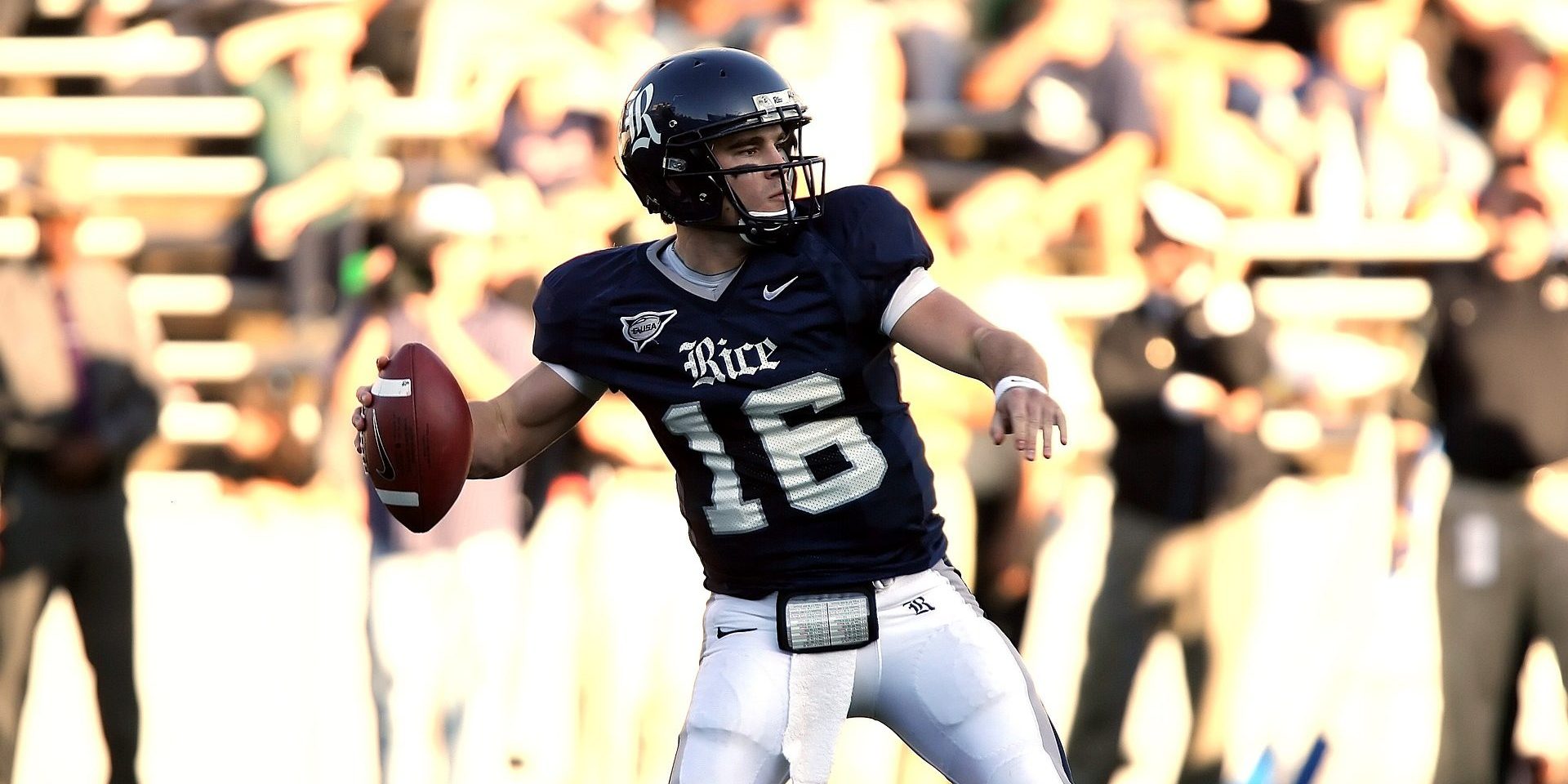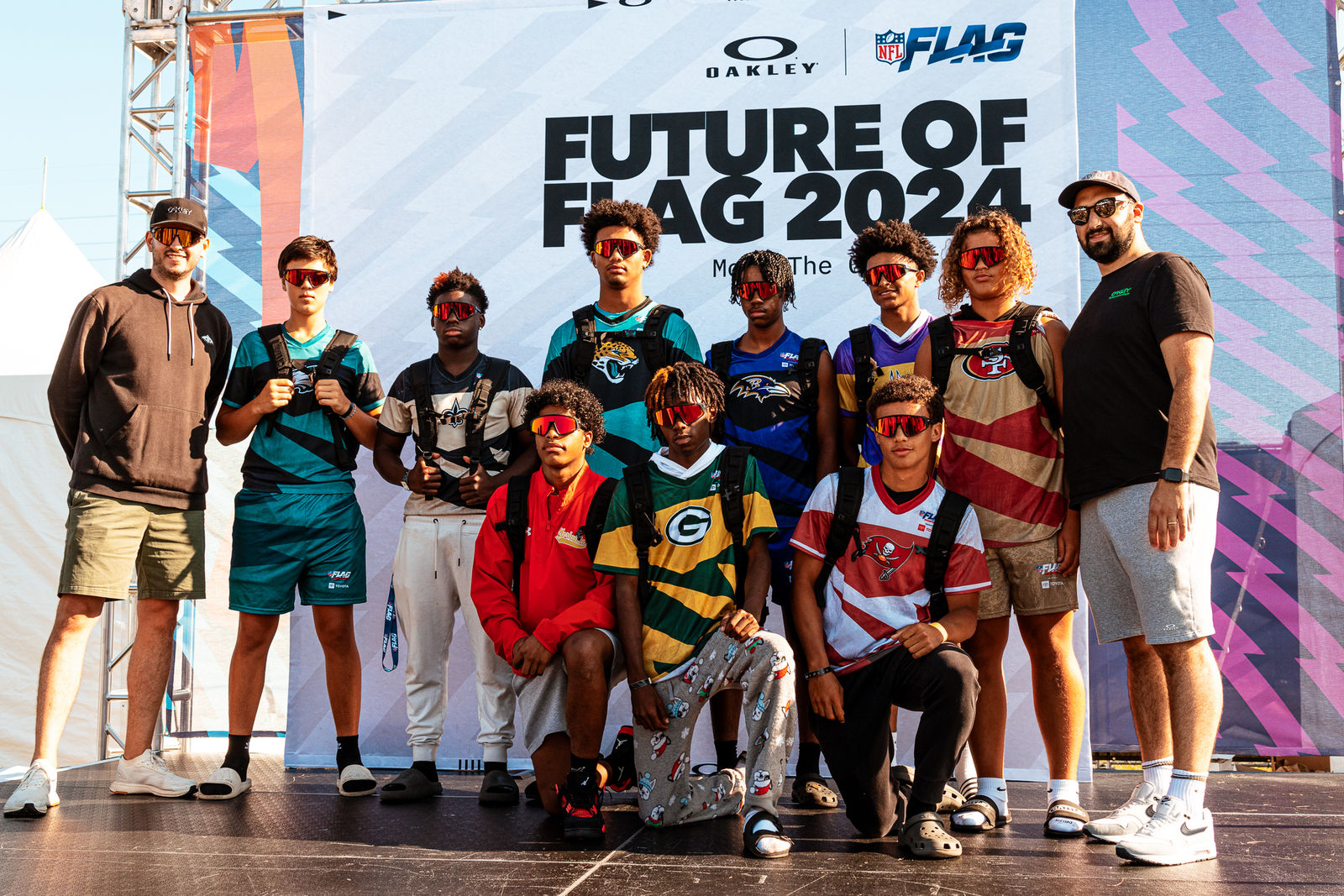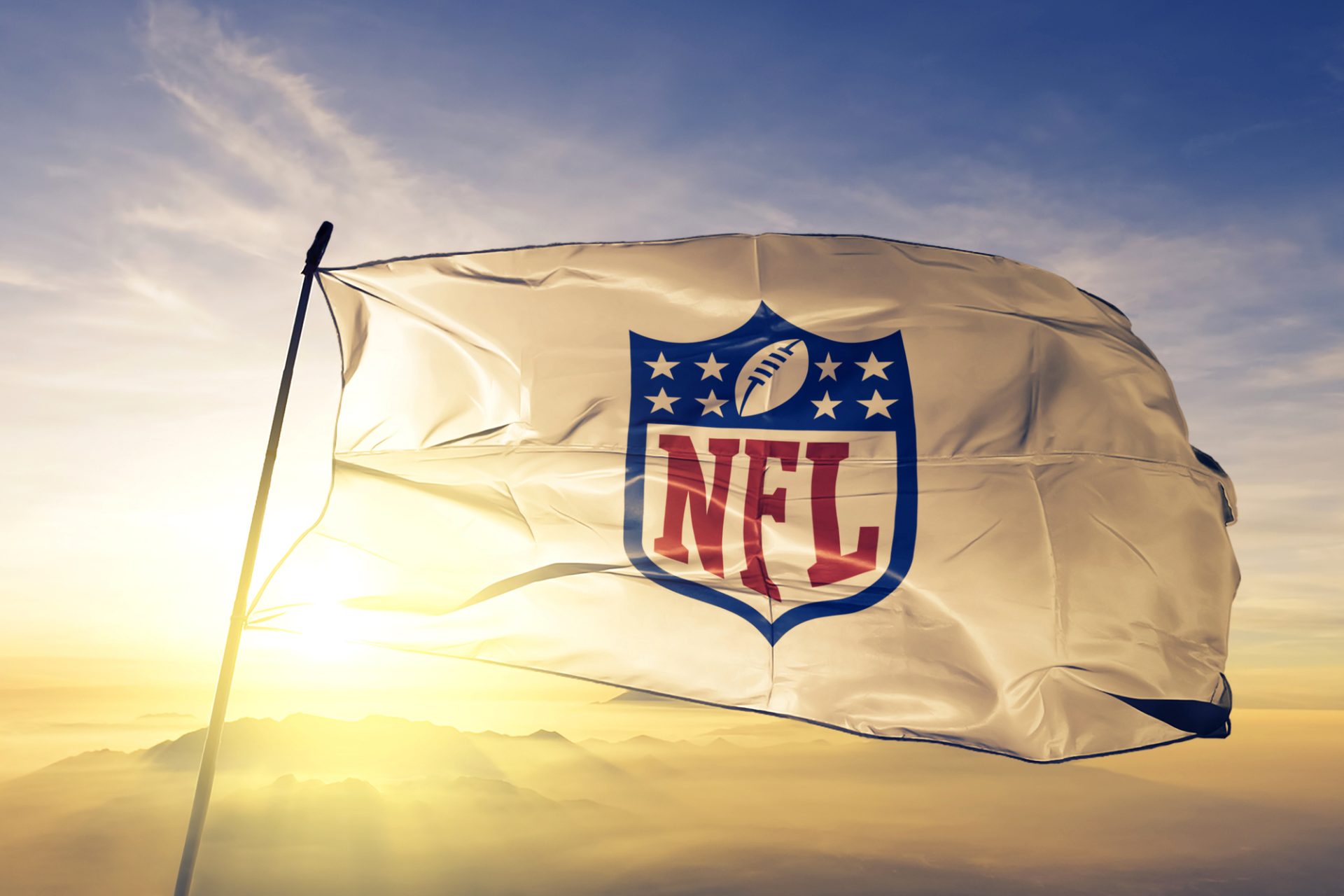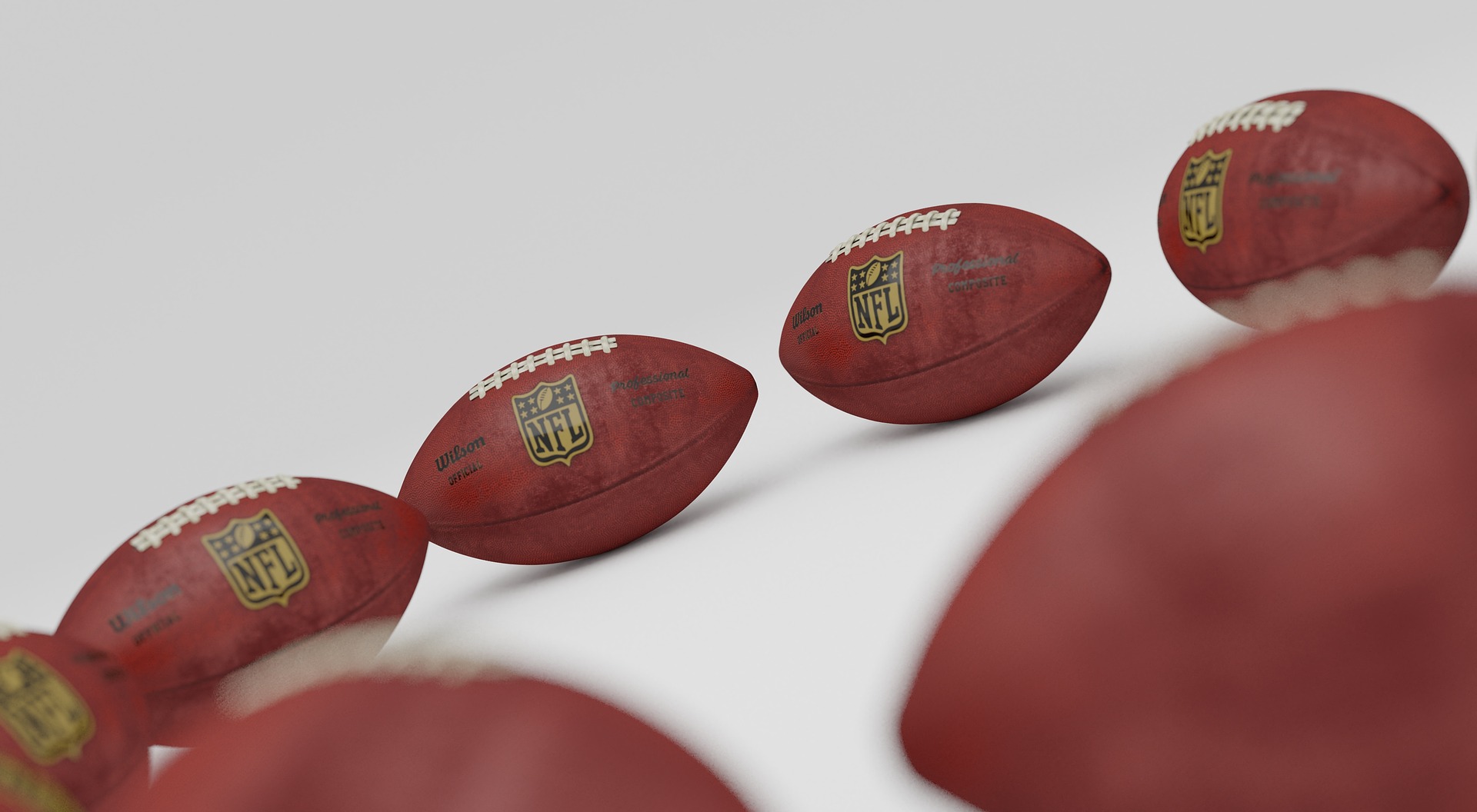Why Do Quarterbacks Have A Pouch?


Table of Contents
When tuning into a football game, especially in colder climates, spectators may notice quarterbacks wearing what appears to be a pouch around their waist. This pouch, commonly misconceived as a mere fanny pack, is a specialized piece of gear designed to serve a specific purpose on the field. The primary function of this pouch is temperature management, particularly for a player’s hands.
Quarterbacks, who are crucial to the execution of offensive plays, need to maintain dexterity and feeling in their hands to effectively handle and throw the football. Cold weather can significantly hinder their grip and tactile sensation. Thus, the pouch they wear is actually a hand warmer. By slipping their hands into these pouches between plays, quarterbacks can keep their hands warm and nimble, which is essential for a precise and controlled passing game. Furthermore, the design and integration of this equipment underscore the importance of player comfort and performance under varied weather conditions.
- Quarterbacks use pouches primarily to keep their hands warm in cold weather.
- The pouch’s role is to maintain the dexterity and tactile sensitivity required for effective ball handling.
- The design of football gear, such as the quarterback pouch, emphasizes the importance of performance and comfort.
The Role of a Quarterback
In American football, the quarterback is often considered the leader of the offensive team. They play a crucial role in orchestrating the offense’s performance and are involved in almost every play. The moment the ball is snapped, the quarterback becomes the play’s focal point, determining the course of action.
A quarterback’s responsibilities include:
- Calling the play: They often choose the play based on the coach’s selection or their read of the defense.
- Reading the defense: Before and after the snap, they analyze the defensive alignment to make quick decisions.
- Passing the ball: They execute offensive passes to receivers, aiming to move the ball downfield and avoid turnovers like an interception or fumble.
- Ball handling: During a running play, the quarterback handles the ball, handing it off to a running back or sometimes keeping it for a quarterback run.
- Leadership: As a key leader, they are responsible for maintaining team morale and leading the offense on and off the field.
Successful NFL quarterbacks must possess:
- Strategic thinking
- Athleticism
- Arm accuracy and strength
- Quick decision-making skills
They also need a strong understanding of their team’s playbook and an ability to communicate effectively with teammates. The position is high-pressure, as the quarterback often receives the glory for success or the blame for failure. Overall, the quarterback’s primary goal is to advance the ball and score points while minimizing mistakes and protecting possession.
Hand Warmers in Football
In cold-weather conditions, maintaining a proper grip on the football is crucial for quarterbacks. Hand warmers are specialized equipment designed to ensure players’ hands remain warm and dexterous, enabling better ball control.
Purpose of Hand Warmers
Hand warmers serve a critical role on the football field, especially among quarterbacks. They mitigate the effects of cold weather by keeping the hands warm, which is essential for maintaining a firm grip on the ball. Warm muscles are more flexible, allowing for better control and preventing stiffness during gameplay.
Types of Hand Warmers
The primary type of hand warmers found in football is air-activated warmers. These pouches generate heat when exposed to air and can maintain warmth for hours. They are placed inside what appears to be a fanny pack positioned around the waist, offering convenient access for players between plays.
Football Gear and Equipment Customization
In competitive football, gear and equipment customization is crucial to optimize a player’s performance and to adapt to varying weather conditions. Athletes often tailor their gear for optimal comfort, functionality, and according to the demands of their position on the field.
Custom Gear for Performance
Players customize their gear such as helmets, shoulder pads, and cleats to enhance their performance. Helmets, often equipped with a visor and adjustable chinstrap, are personalized for better vision and a secure fit. The shoulder pads are fitted and adjusted for mobility without sacrificing protection. Athletes may choose gloves that provide a better grip, which is especially beneficial for receivers and quarterbacks. Additionally, the fit and material of a jersey can impact movement and breathability, pivotal for a player’s comfort and mobility during play.
- Helmets
- Visor for better vision
- Chinstrap for a secure fit
- Shoulder Pads
- Adjustable for mobility
- Gloves
- Provide better grip
- Jersey
- Fit and material for optimal movement and breathability
The little-discussed GPS tracker often finds its place under the jersey, providing vital data on player performance and movement patterns. Protective gear like the mouthguard is also personalized, not just for safety but for comfort during communication and breathing.
Adapting to Weather Conditions
In response to cold climates, players, particularly quarterbacks, may utilize hand-warming pouches to keep their hands functional throughout the game. This type of adaptation is a clear example of how equipment customization can directly impact a player’s effectiveness. Additionally, compression shorts serve dual purposes of muscle support and temperature regulation, whether the player is braving the heat or the cold.
- Hand-Warming Pouches
- Used in cold climates to maintain hand functionality
- Compression Shorts
- Support muscles
- Regulate temperature
Essential gear such as cleats are chosen with the playing surface and weather in mind; they must provide traction and stability on various field conditions. Similarly, the type of the mouthguard a player selects may vary based on the temperature as materials can feel different in extreme conditions.
Clothing and Accessories Used by NFL Players
In the NFL, players’ attire and gear are crafted for both functionality and safety. Commonly seen items include the following:
- Helmets: These are crucial for protection and come with a face mask to shield players’ faces from impacts.
- Shoulder Pads: Offer impact protection for the torso.
- Gloves: Players, particularly wide receivers and running backs, utilize gloves for better grip.
- Cleats: Designed to provide traction on the field during play.
- Jerseys and Pants: Made with durable, stretchy fabrics to survive the rigor of the game.
Less noticeable but equally important accessories serve specific purposes:
| Accessory | Users | Purpose |
|---|---|---|
| Towels | All positions | To keep hands dry for better handling of the ball. |
| Hand-Warmers | Quarterbacks, Kickers | Maintain hand warmth and dexterity in cold weather. |
| Knee and Thigh Pads | Linemen | Protection during physical line play. |
| Arm Sleeves | Various players | Provide muscle compression and warmth. |
Quarterbacks often wear a fanny-pack-like pouch around their waists. Contrary to cosmetic appeal, these hand-warming pouches keep their hands warm and nimble which is crucial for precise throws. Running backs and receivers may also use these pouches since ball handling is key to their roles.
Linemen sport larger, reinforced pads due to the physical nature of their position, focusing on protection during the continuous close-quarters combat at the line of scrimmage.
Kickers may don less bulky gear to retain a full range of motion for kicking. They sometimes use a smaller hand-warming pouch, similarly to quarterbacks, especially in colder climates.
Overall, each piece of attire and accessory is selected to enhance performance while providing protection, adhering to the NFL’s strict regulations to ensure player safety and game integrity.
Player Comfort and Performance Factors
Ensuring player comfort is crucial for optimal performance on the football field. Quarterbacks, in particular, require gear that aids in maintaining dexterity and warmth, particularly in cold-weather states, without sacrificing movement flexibility.
Temperature and Performance
In colder climates, maintaining body temperature is vital for a quarterback’s performance. Cold hands can reduce grip and tactile feedback, making ball handling and accurate throws more challenging. Hand warmers become essential as they help quarterbacks to keep their hands warm, ensuring better control and grip on the football. These pouches are particularly useful in cold-weather states, where temperatures can affect muscle flexibility and reaction time.
Gear and Movement Flexibility
Flexibility in gear is a significant factor for quarterbacks who need to move freely to respond to the dynamic nature of the game. The integration of gear like football gloves and tape provides necessary support and enhances grip, but they must not restrict hand movements or dexterity. Water-resistant materials may also be used to protect against moisture, maintaining the efficiency of a quarterback’s throw. Meanwhile, the design of the pouches allows quarterbacks to wear them without hindering their mobility, ensuring they can perform at their best.
Why Do Quarterbacks Have A Pouch? – Frequently Asked Questions
In this section, various aspects of the equipment used by quarterbacks are explained to help understand their functionality and benefits during a football game.
What purpose does the quarterback’s hand warmer serve?
Quarterbacks wear hand warmers around their waist, primarily to keep their hands warm and nimble, ensuring better grip and ball handling during cold weather games.
How does a hand warmer pouch benefit a quarterback during a game?
A hand warmer pouch provides warmth for the quarterback’s hands which helps prevent stiffness, ensuring efficient and accurate throws even in freezing temperatures.
What is the significance of the towel quarterbacks often wear?
Quarterbacks often wear a towel to keep their hands dry, which is crucial for maintaining a good grip on the football, minimizing the chances of fumbles or inaccurate passes.
For what reason do football players typically wear a strap or towel at their waist?
Football players wear a strap or towel at their waist mainly to keep their hands dry; the towel also serves as a tool for cleaning the ball or wiping their gloves.
How do quarterbacks use the accessories worn around their wrists?
Quarterbacks use the accessories around their wrists, known as wrist coaches, to store play-calling sheets, allowing them quick references to plays and strategies during the game.
In what ways do the rib protectors quarterbacks wear differ from the waist-worn hand warmers?
While waist-worn hand warmers keep the players’ hands warm, the rib protectors quarterbacks wear are designed to protect their torso from impact, minimizing the risk of injury during play.






[…] Why Do Quarterbacks Have A Pouch? […]